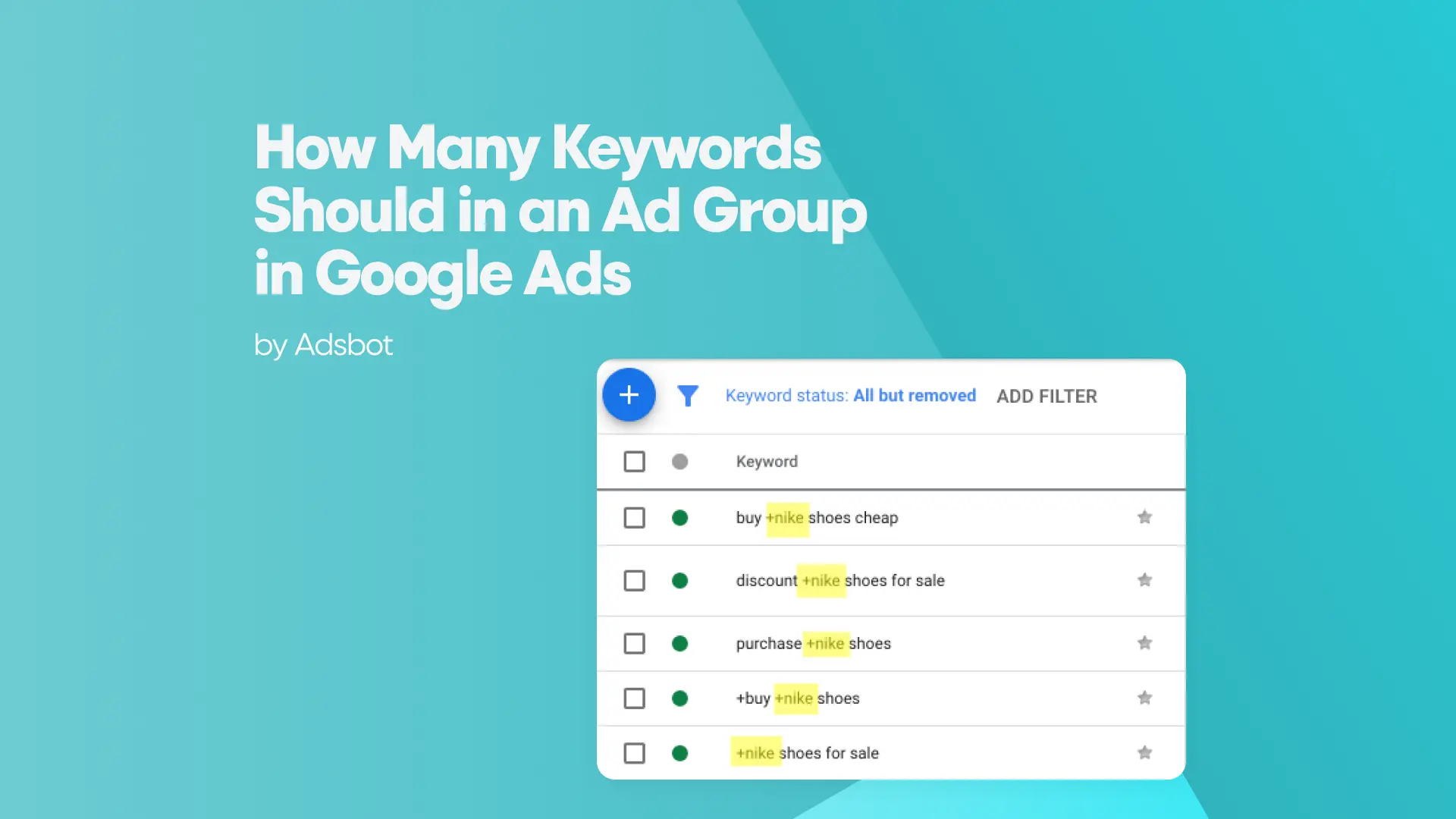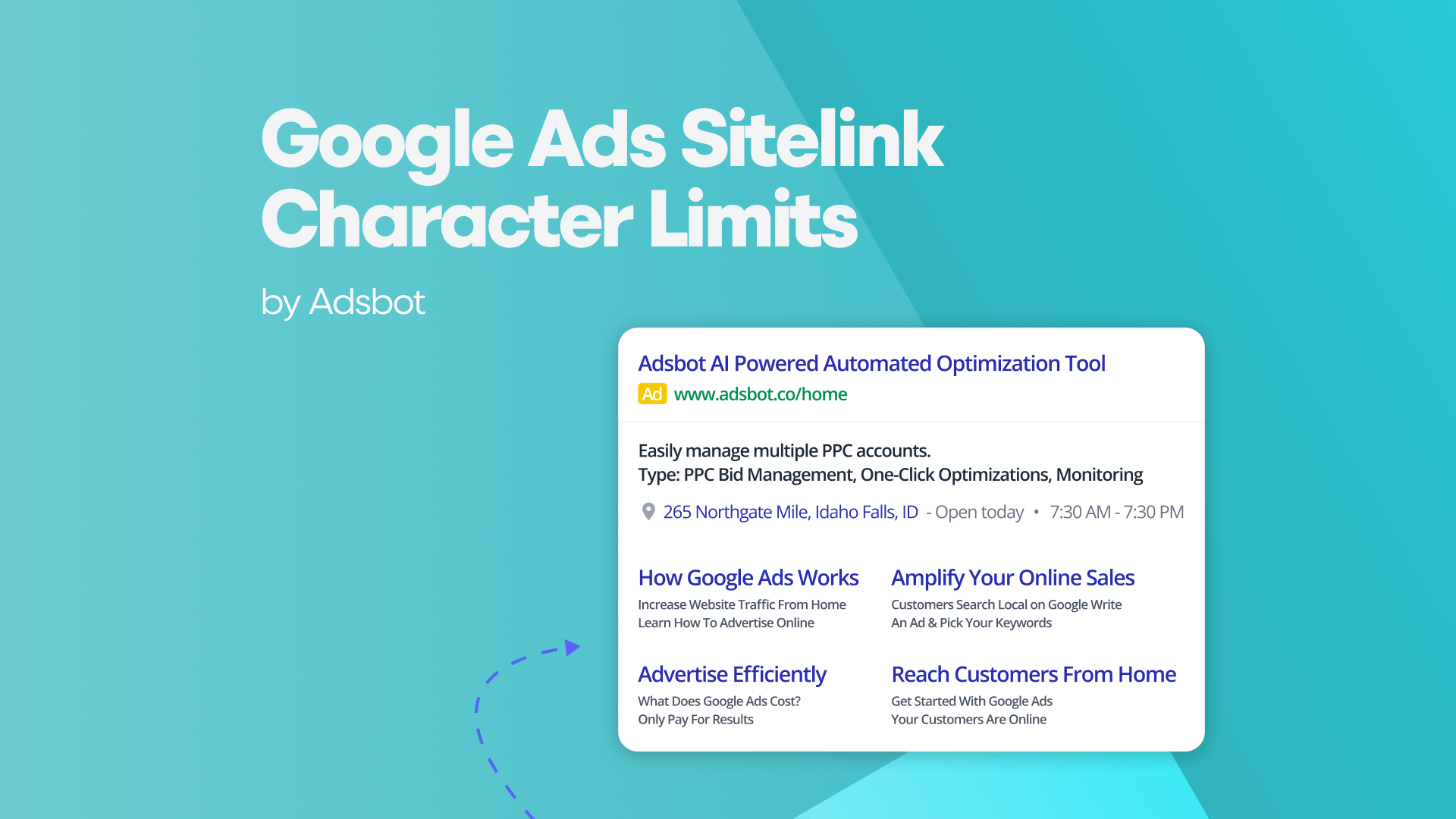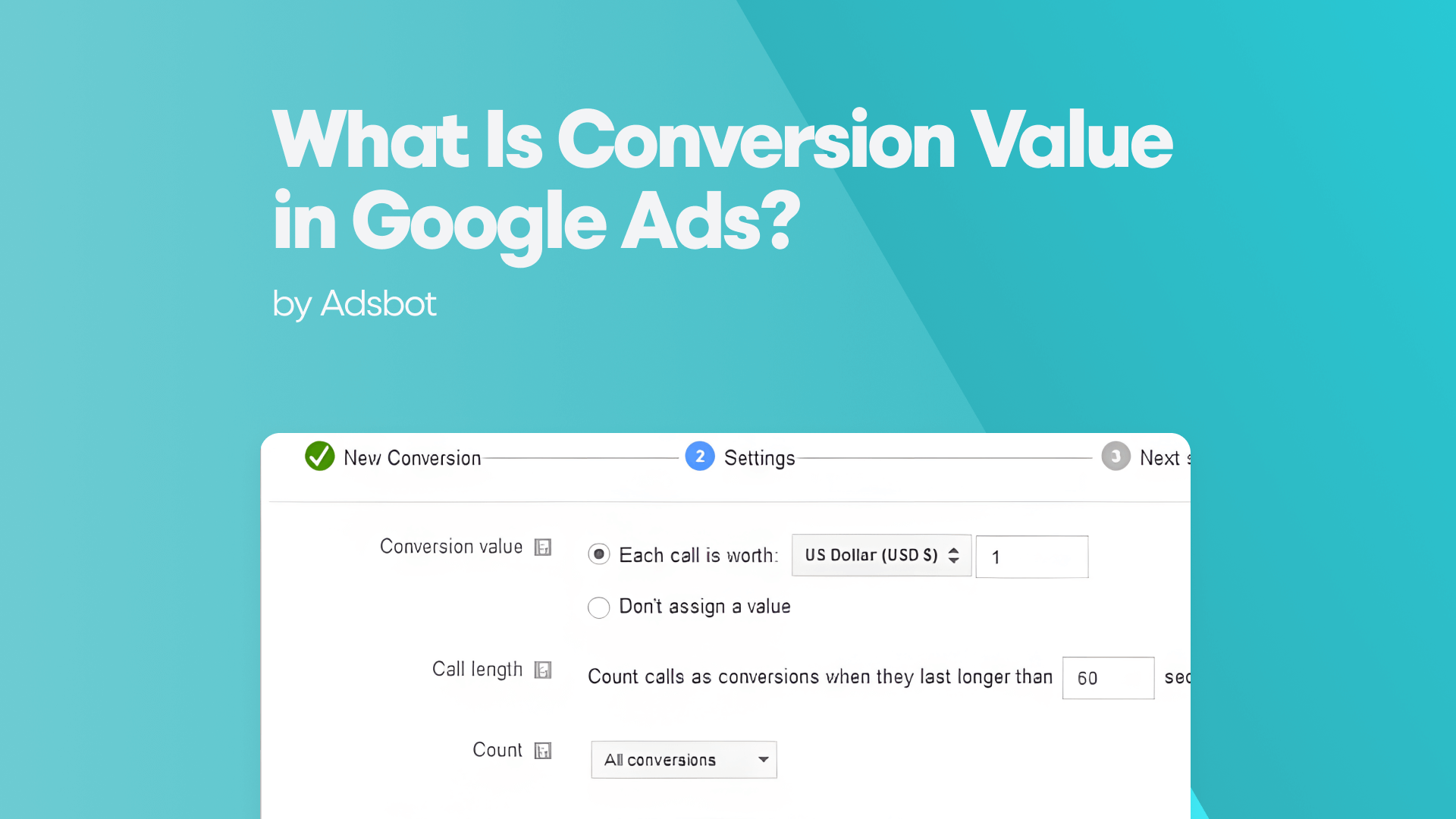Picture this: You’ve spent hours crafting the perfect Google Ads campaign, carefully selecting keywords you think will drive high-intent traffic to your landing page. Yet, despite your best efforts, your ads either show up for irrelevant searches or miss out on valuable conversions entirely. The culprit? A mismatch between your keyword match types and user search behavior. Enter the broad match modifier (BMM), a powerful but often misunderstood tool that bridges the gap between precision and reach in pay-per-click (PPC) advertising.
For years, BMM was the gold standard for advertisers who wanted control without sacrificing volume. It allowed marketers to cast a wider net while ensuring their ads only appeared for searches containing specific terms. But with Google’s relentless algorithm updates, BMM has evolved, leaving many advertisers confused about its current role. Should you still use it? How does it compare to phrase match or broad match? And most importantly, how can you leverage it to boost your Quality Score, lower costs, and drive more conversions?
In this in-depth guide, we’ll explain the broad match modifier from the ground up. You’ll learn how it works, how it differs from other match types, and how to adapt your strategy in light of Google’s latest changes. By the end, you’ll have a data-backed, actionable plan to optimize your campaigns like a seasoned PPC pro. Let’s dive in.
What Is Broad Match Modifier and How Does It Work?
Broad match modifier (BMM) was a keyword match type in Google Ads designed to give advertisers more control over broad match while maintaining a higher reach than phrase or exact match. Unlike standard broad match, which could trigger ads for loosely related searches (often leading to wasted spend), BMM required that all modified terms or close variants appear in the user’s search query, though not necessarily in the exact order. This hybrid approach made it a favorite among PPC specialists who wanted to balance relevance and scale.
To use BMM, advertisers would prefix specific words in their keywords with a plus sign (+). For example, the keyword +running +shoes +for +women would trigger ads for searches like “best women’s running shoes 2024” or “where to buy running shoes for ladies,” but not for “comfortable shoes for women” (since “running” is missing). This granularity helped filter out irrelevant traffic while still capturing long-tail variations. Google’s algorithm would also account for misspellings, singular/plural forms, abbreviations, and reordered words, making BMM both flexible and precise.
Historically, BMM was a game-changer for campaigns where broad match was too risky and phrase match too restrictive. It allowed advertisers to discover new high-performing keywords without manually bidding on every possible variation. However, Google’s shift toward automation, particularly with the introduction of smart bidding and broad match improvements, has blurred the lines between match types. Today, BMM’s functionality has been largely absorbed into phrase match, but understanding its legacy principles remains critical for optimizing modern PPC strategies.
Differences Between Broad Match, Phrase Match, and Broad Match Modifier
The choice between broad match, phrase match, and broad match modifier (BMM) can make or break your campaign’s efficiency, yet many advertisers still confuse their applications. The most critical distinction lies in how strictly each match type adheres to the keyword’s structure and the user’s search intent. Broad match casts the widest net but offers the least control, while phrase match and BMM (in its original form) provide increasingly precise targeting. Here’s how they stack up:
Broad Match:
- Triggers ads for any search query related to your keyword, including synonyms, related topics, and even tangential terms.
- Example: A keyword like “running shoes” could show ads for “best sneakers for jogging” or “how to choose athletic footwear.”
- Pros: Maximum reach, potential to uncover new keyword opportunities.
- Cons: High risk of irrelevant clicks, lower Quality Scores, and wasted ad spend.
Phrase Match:
- Requires the exact keyword phrase (or close variants) to appear in the search query, but allows additional words before or after.
- Example: The keyword “women’s running shoes” would match “discount women’s running shoes” but not “running shoes for women on sale” (if “women’s” isn’t in the exact order).
- Pros: More control than broad match, better relevance.
- Cons: May miss long-tail variations where word order differs.
Broad Match Modifier (BMM) (Legacy):
- Required all modified terms (+) to appear in the search query, regardless of order, along with close variants.
- Example: +running +shoes +women would match “women’s shoes for running” but not “best athletic shoes” (missing “running”).
- Pros: Balanced reach and precision, ideal for discovering high-intent long-tail keywords.
- Cons: No longer a standalone match type; functionality merged into phrase match in 2021.
Exact Match:
- The most restrictive, showing ads only for the exact keyword or very close variants (e.g., misspellings, plural forms).
- Example: [women’s running shoes] would match “women’s running shoes” but not “running shoes for women.”
- Pros: Highest relevance, best for conversion-focused campaigns.
- Cons: Limited reach, may miss valuable traffic.
Today, Google’s phrase match now incorporates BMM’s core functionality, meaning it will match searches that include all the meaningful words in your keyword, even if the order varies. This change simplifies campaign management but requires advertisers to monitor search terms more diligently to avoid irrelevant matches. The key takeaway? While BMM as a standalone option is gone, its spirit lives on in phrase match, making it essential to refine your negative keyword lists and leverage smart bidding to maintain control.
Recent Updates and Changes to Broad Match Modifier
In July 2021, Google announced a seismic shift in how match types function, effectively phasing out broad match modifier (BMM) as a distinct option. The change was framed as a simplification, with Google stating that phrase match would now absorb BMM’s capabilities, including the ability to match searches that contain all the keyword’s terms in any order. This move aligned with Google’s broader push toward automation, where machine learning increasingly dictates how ads are triggered based on perceived user intent rather than rigid keyword structures.
The update meant that advertisers could no longer create new BMM keywords, and existing ones were automatically migrated to phrase match. While this reduced complexity, it also removed a layer of manual control that many PPC experts relied on. For instance, under the old system, a BMM keyword like +buy +organic +coffee would match “where to buy organic coffee beans” but not “organic coffee brands.” Post-update, phrase match might now include the latter if Google’s algorithm deems it relevant—potentially leading to less precise targeting unless negative keywords are aggressively managed.
Google’s rationale centered on improving ad relevance through advanced AI and natural language processing (NLP). The company argued that its systems could now better understand user intent and context, reducing the need for manual match type adjustments. However, advertisers reported mixed results: some saw improved conversion rates due to broader yet smarter matching, while others struggled with higher costs per click (CPC) from less predictable traffic. To adapt, savvy marketers began combining phrase match with robust negative keyword lists and leveraging audience signals to refine targeting further.
Impact of Broad Match Modifier Changes on Keyword Quality Score
The dissolution of the broad match modifier (BMM) into phrase match had a profound ripple effect on Quality Score, a critical metric that determines your ad rank and cost-per-click (CPC). Quality Score, which ranges from 1 to 10, evaluates the relevance of your keywords, ads, and landing pages to user searches. Historically, BMM struck a balance by allowing advertisers to capture a wide range of searches while maintaining relevance, which often led to higher Quality Scores compared to broad match. However, with phrase match now handling BMM’s role, the impact on Quality Score depends heavily on how well Google’s algorithm interprets intent.
One immediate consequence was increased variability in Quality Scores for migrated keywords. Since phrase match now matches searches more flexibly, including reordered terms and implied intent, some advertisers saw drops in Quality Score when their ads appeared for less relevant queries. For example, a phrase match keyword like “buy organic coffee” might now trigger for “best organic coffee brands,” which could lower relevance if the ad and landing page focus on purchases, not research. Conversely, advertisers who optimized their ad copy and landing pages for broader intent sometimes saw improved Quality Scores, as Google’s AI prioritized user experience over exact keyword matching.
To mitigate negative impacts, advertisers must now double down on alignment between keywords, ads, and landing pages. This includes:
- Expanding negative keyword lists to filter out low-intent searches.
- Using responsive search ads (RSAs) to dynamically match user queries with the most relevant ad copy.
- Leveraging audience targeting (e.g., in-market audiences) to ensure ads reach users with high purchase intent.
- Monitoring search term reports weekly to identify and exclude irrelevant matches.
Ultimately, the shift away from BMM means Quality Score is now more dependent on Google’s interpretation of relevance than ever before. Advertisers who adapt by focusing on intent-based optimization, rather than rigid keyword structures, will see the most success in maintaining high Quality Scores and cost-efficient campaigns.
Examples of Broad Match Modifier in Action
To truly grasp how the broad match modifier (BMM) functioned, and how its principles apply today, let’s break down real-world examples of how it influenced ad triggering before and after Google’s 2021 update. The most telling example is a keyword like +buy +wireless +earbuds, which under BMM would match searches containing all three modified terms, regardless of order or additional words. For instance, this keyword could trigger ads for queries like “where to buy wireless earbuds online,” “best place to purchase wireless earbuds,” or “wireless earbuds for sale near me.” However, it would not match “best wireless headphones” (missing “buy”) or “earbuds with noise cancellation” (missing “wireless”).
Other key scenarios where BMM demonstrated its utility include:
E-commerce Product Searches:
-
- BMM Keyword: +organic +cotton +t-shirts
- Matching Searches:
- “affordable organic cotton t-shirts for men”
- “where to find 100% organic cotton tees”
- Non-Matching Searches:
- “cotton t-shirts on sale” (missing “organic”)
- “organic bamboo shirts” (missing “cotton”)
Local Service Queries:
- BMM Keyword: +plumber +emergency +near +me
- Matching Searches:
- “24/7 emergency plumber in my area”
- “nearby plumbers for emergency leaks”
- Non-Matching Searches:
- “best plumbers in [city]” (missing “emergency”)
- “how to fix a leaky pipe” (missing “plumber”)
B2B Lead Generation:
- BMM Keyword: +CRM +software +for +small +business
- Matching Searches:
- “best CRM software solutions for small businesses”
- “affordable CRM tools for startups”
- Non-Matching Searches:
- “free project management software” (missing “CRM”)
- “enterprise CRM platforms” (missing “small business”)
Travel and Hospitality:
- BMM Keyword: +luxury +hotels +in +Miami
- Matching Searches:
- “top-rated luxury hotels Miami Beach”
- “best 5-star hotels in Miami for couples”
- Non-Matching Searches:
- “cheap hotels in Miami” (missing “luxury”)
- “Miami vacation rentals” (missing “hotels”)
Today, these same examples would fall under phrase match, but with one critical difference: Google’s algorithm may now include searches that imply the same intent even if not all terms are explicitly present. For instance, “high-end Miami hotels” might trigger the “luxury hotels in Miami” keyword if Google deems it relevant. This underscores the need for proactive negative keyword management and intent-based ad copy to maintain precision. The core lesson? While BMM’s syntax is gone, its strategic principles, prioritizing high-intent terms while allowing flexibility, remain vital in modern PPC campaigns.
Popular Posts
-
How Many Keywords Should Be In an Ad Group in Google Ads?
Ever wondered if your Google Ads campaigns are packed with…
Read more -
Google Ads Script for Dummies: An Introduction
Imagine you have an e-commerce website that sells licensed superhero…
Read more -
Google Ads Sitelink Character Limits
Your Google Ads are cutting off in the middle of…
Read more -
What Is Conversion Value in Google Ads?
What if you could put a price tag on every…
Read more
Register for our Free 14-day Trial now!
No credit card required, cancel anytime.





